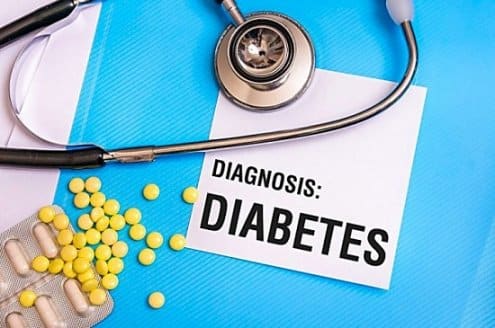Diabetes is a complex disease with different types that require accurate diagnosis and management. This article will focus on differentiating between Type 1 diabetes, Type 2 diabetes, and Maturity Onset Diabetes of the Young (MODY).
Type 1 Diabetes
Type 1 diabetes is an autoimmune condition where the body’s immune system attacks the insulin-producing beta cells in the pancreas. This results in a complete lack of insulin, leading to high blood sugar levels. Type 1 diabetes is often diagnosed in childhood but can occur at any age. It requires lifelong insulin therapy for management.
Type 2 Diabetes
Type 2 diabetes occurs when the body’s cells become resistant to insulin, and the pancreas cannot produce enough insulin to overcome this resistance. It is commonly associated with obesity and a sedentary lifestyle and typically develops in adults, although it is increasingly seen in children. Management includes lifestyle changes, oral medications, and sometimes insulin.
Maturity Onset Diabetes of the Young (MODY)
MODY is a group of hereditary disorders that cause diabetes due to a genetic mutation. Unlike Type 1 and Type 2 diabetes, MODY is characterized by impaired insulin production rather than insulin resistance or autoimmune destruction. It is usually diagnosed in adolescence or early adulthood and can often be managed with oral diabetes medications rather than insulin.
Key Differences Between Type 1, Type 2, and MODY
- Onset Age: Type 1 often appears in childhood; Type 2 generally occurs in adults but can appear in children; MODY is typically diagnosed in adolescents or young adults.
- Cause: Type 1 is autoimmune; Type 2 is due to insulin resistance; MODY is caused by a genetic mutation.
- Insulin Dependence: Type 1 always requires insulin; Type 2 may or may not require insulin; MODY often does not require insulin.
- Genetics: Type 1 and Type 2 have complex genetic and environmental factors; MODY follows an autosomal dominant inheritance pattern.
Clinical Signs and Diagnosis
- Acanthosis Nigricans: This skin condition suggests insulin resistance and is commonly seen in Type 2 diabetes.
- Hyperglycemia: Elevated blood sugar levels are a hallmark of all diabetes types.
- Antibody Tests: Useful for diagnosing Type 1 diabetes and distinguishing it from Type 2 or MODY.
- Genetic Testing: Can confirm MODY by identifying specific gene mutations.
Conclusion
Differentiating between Type 1, Type 2, and MODY diabetes is crucial for proper treatment and management. Each type has unique characteristics and requires different approaches to care. Accurate diagnosis helps in tailoring the treatment plan to achieve the best outcomes.



